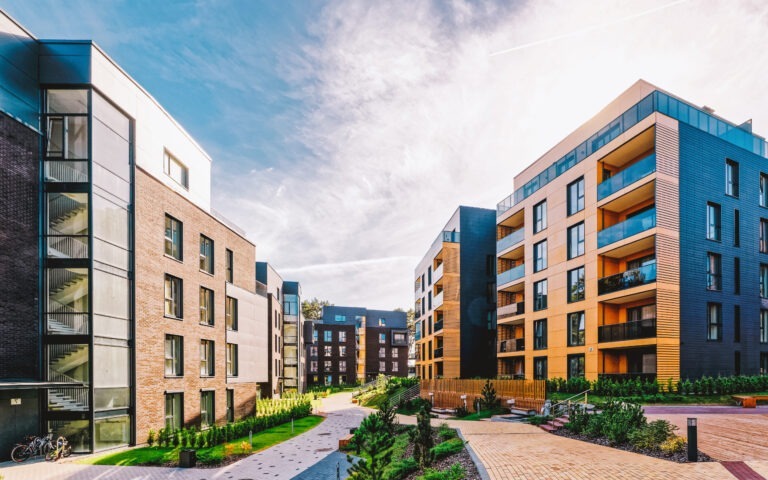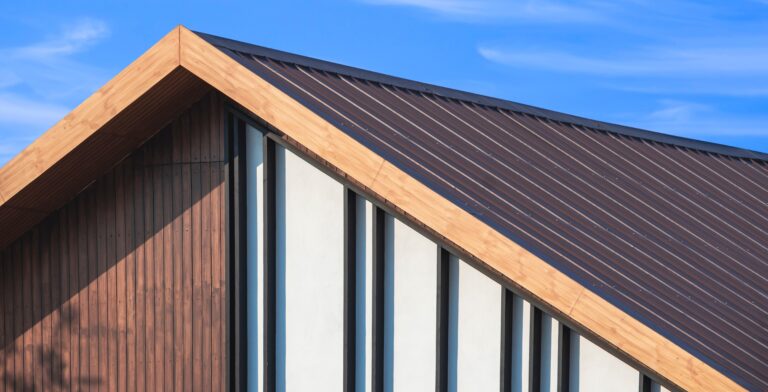Washington Case Law Update: No Damages Recoverable under New Home Sale Agreement for Improperly Installed…
Washington Case Law Update: No Damages Recoverable under New Home Sale Agreement for Improperly Installed Stone Façade where Hidden Defects do not Present Significant Safety Risk
From the Desk of Smith Freed Eberhard: In this recent Washington Court of Appeals decision, the court held that a real estate sale agreement did not contain any express warranty against construction defects and that the construction defects at issue were not serious enough to violate the implied warranty of habitability. The takeaway is to concentrate on the precise terms of the sale transaction involved, especially since most real estate sale agreements do not include express warranties against construction defects.
Claims Pointer: When handling construction defect claims which are more aesthetic and technical in nature, and which do not present a significant safety risk to the occupants, the builder’s liability exposure depends on which exact promises were breached. Liability is not assumed just because the builder did a bad job.
Schumacher v. T. Garrett Construction, Inc., No. 76022-0-I, Washington Court of Appeal, Div. I (May 22, 2017) (unpublished)
T. Garrett Construction (“TGC”) began construction of a new spec house, which the Schumachers bought before the house was fully completed. The parties entered into a real estate purchase and sale agreement with an inspection addendum. The court’s opinion doesn’t mention the specific form of agreement used, but the sale terms described in the opinion are fairly standard. For example, the sale was conditioned on the Schumachers’ satisfaction after inspecting the property.
After closing on the sale of the house, the Schumachers discovered a number of problems, including issues with the exterior stone veneer siding of the garage. TGC had improperly installed the stone siding. The opinion describes that the “defects were aesthetic in nature and did not present a significant safety risk to the Schumachers” and further states that the Schumachers did not move out of the house. However, the opinion also states that some of the defects were hidden—not readily observable—which implies problems with the construction that were more than just aesthetic.
The Schumachers filed a lawsuit against TGC. The court winnowed down the claims to whether there was an express promise to build a defect-free house and concluded that there was no such promise in the sale agreement.
At the outset, the decision provides a good overview of a spec builder’s obligations to a home buyer:
- The only duty a spec builder owes to its first purchaser, beyond complying with the expressed contractual terms, is the implied warranty of habitability (which arises by implication from the sale itself and is independent of the contract terms);
- There is no implied warranty of workmanlike performance in construction contracts;
- The implied warranty of fitness for a particular purpose does not apply to real estate transactions; and
- There is no cause of action for negligent construction.
In discussing the reach of the implied warranty of habitability, the court held that it requires that “the foundations supporting [the new house] are firm and secure and that the house is structurally safe for the buyer’s intended purpose of living in it.” It goes on to say that:
“The implied warranty applies to defects that may severely restrict the habitability of the dwelling, amount to serious structural deficiencies, or present a substantial risk of future danger. [It] does not apply to mere defects in workmanship, and does not require a builder-vendor to construct a perfect residential dwelling.” (Internal citations omitted.)
In concluding that TGC had no liability to the Schumachers, the court held that the improper installation of the stone siding did not breach the terms of the agreement because the agreement did not represent that the stone would be properly installed and because the agreement did not warrant that TGC’s work would be performed in a workmanlike manner or to any other standard. Further, the court held that the waiver provision of the inspection addendum barred the Schumachers’ claim for damages. It went on to hold that whether the defects were readily observable during the inspection is irrelevant under the agreement and the inspection addendum: “the Schumachers had the opportunity to retain their own inspectors and to negotiate an extension of the inspection period. The fact that they did neither does not make TGC contractually liable to them for the improper installation….”
Finally, the court held that the implied warranty of habitability does not provide a basis for awarding damages to the Schumachers. It concluded that the aesthetic problems, improper installation and hidden defects in and around the house “did not present a significant safety risk to the occupants….”
Since this opinion is unpublished, it may only be cited as a non-binding authority and will only be accorded such persuasive value as the reviewing court deems appropriate. Nonetheless, under similar contractual circumstances, this case should be cited, at the very least to reduce the vast list of defects typically alleged in lawsuits over construction projects, especially those defects which have no corresponding damages. If construction defect litigation was pared down to the real and significant risks, there would be a lot less to fight about across the board. The corresponding settlement expectations should also be a lot lower.
NOTE: This opinion has not been published. It is provided to demonstrate how the court approaches the issues involved in the case. It cannot be cited as authority to a court of law.
Case updates are intended to inform our clients and others about legal matters of current interest. They are not intended as legal advice. Readers should not act upon the information contained in this article without seeking professional counsel.

















